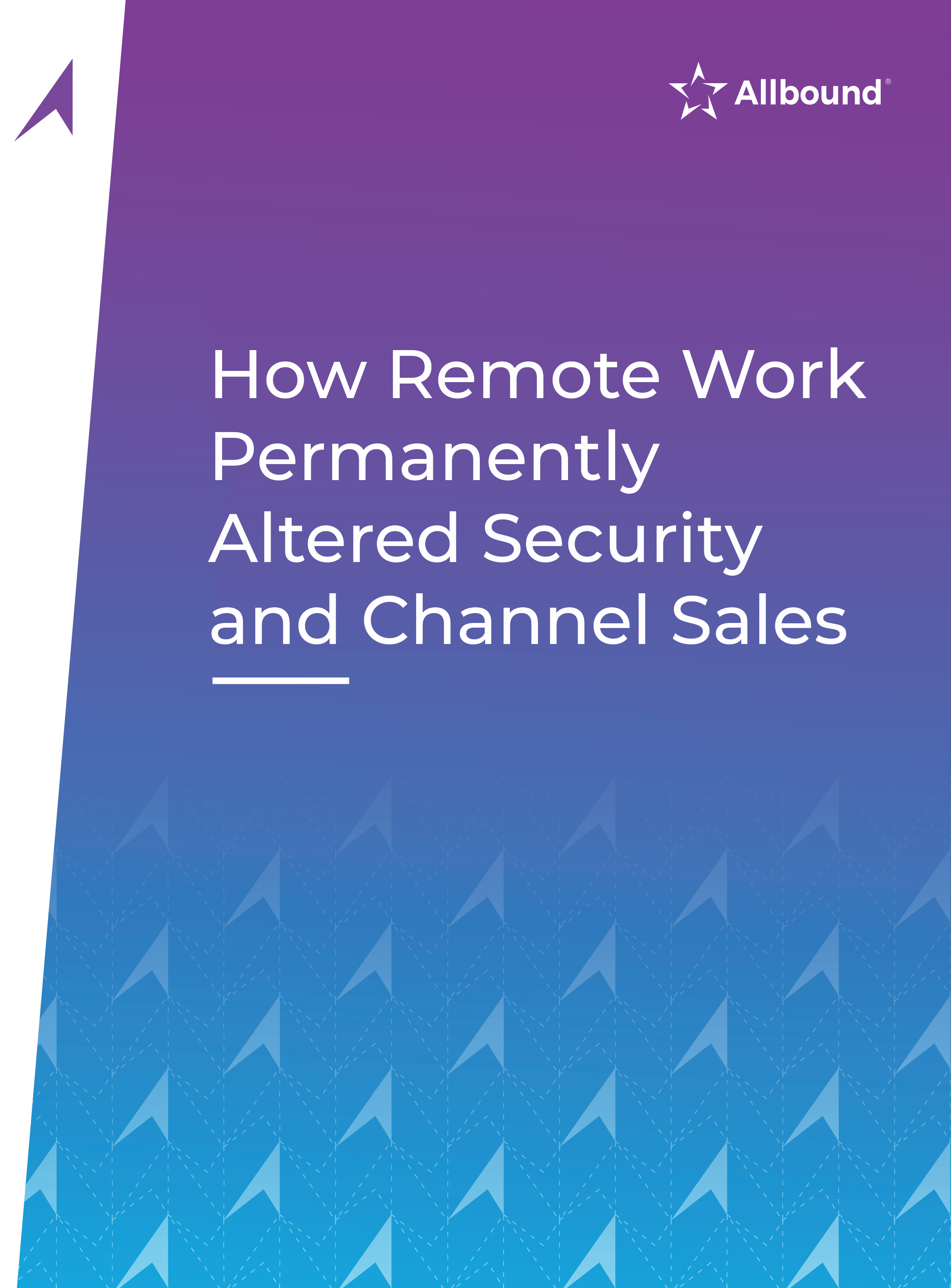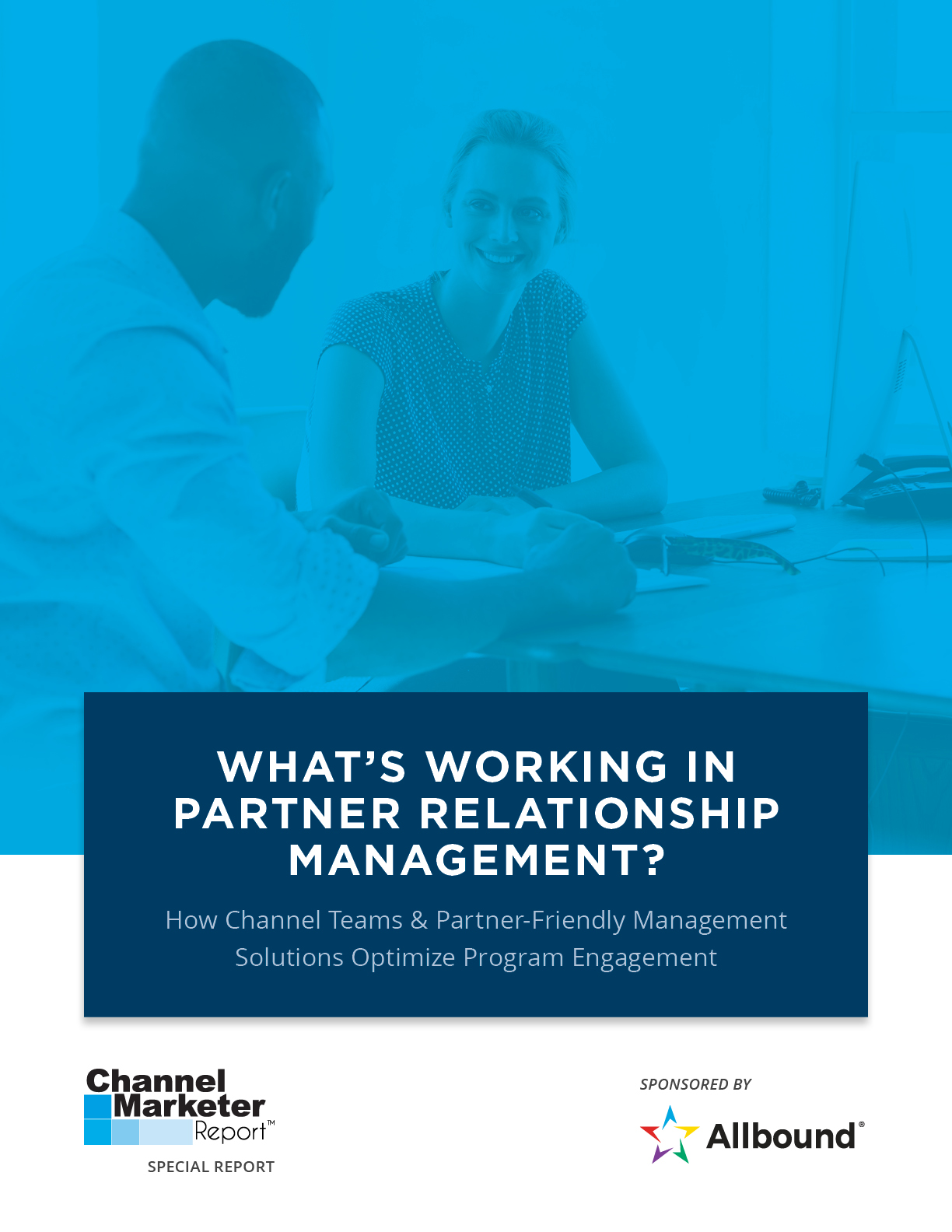Topics
Yes, There Really Are Ways Of Evaluating Channel Incentive ROI
 By Dan Hawtof, Blackhawk Engagement Solutions
By Dan Hawtof, Blackhawk Engagement Solutions
Channel marketers offer a constant variety of incentive programs to motivate behaviors across the board, from headquarter principals and sales reps to sales engineers, distributors and anyone else they can reach. They do it with SPIFs, deal registration programs, seed-unit discounts and more, all designed to reward for specific sales and non-sales activities.
And channel marketers are good at it. You know this, since you probably are one. But measuring the individual or cumulative ROI on those efforts? That’s a little different story. Given the complexity of channel programs, and the difficulty of obtaining reliable reporting, you may have simply given up trying to determine what’s working, what’s not and why. But don’t feel bad: We’ve all been there.
So here’s the good news. There really are proven methods of demonstrating channel incentive ROI in quantifiable, meaningful terms. We’ll take a high-level look at three of them here. Diligently applying these practices can go a long way toward transforming your programs from a reluctant “cost of doing business” into a reliable engine delivering real-world results.
The Test Control Comparison Method: This method involves evaluating the performance of two like groups, similar in every way except the variable you’re testing for — your incentive program. Behaviors are compared during the test period, and the difference in sales performance determines the effectiveness of the program. There are formulas for determining group size based on the desired level of accuracy, but a good rule of thumb is 2–5 percent of your channel population. There are also formulas for evaluating performance and profitability:
Sales Program Performance = (total $ sales of test group/# partners in the test group) – ($ sales of control group/# partners in the control group). This calculation compares the average impact on sales per channel partner between the two groups.
Profitability Program Performance = (program performance on sales) X (gross profit margin) – (variable costs of the program, or the amount paid in incentives).
The Behavioral Impact Method: This method employs “incentive engineering,” in which the focus expands from the sale itself to the pre- and post-sale behaviors you wish to reward. Make a list of the key behaviors practiced by your most successful channel partners, and add others you’d like to encourage, such as training or improving pipeline visibility through deal registration. Then assess the relative importance of each behavior, and how often you want it to occur. This gives you the foundation for allocating your incentive budget, with the reward value for each behavior aligning with the effort required and its contribution to the final sale.
The Qualitative Insights Method: Want to know how your channel partners perceive your program’s effectiveness and administrative processes? Ask them. These are key insights, because the ease of doing business (EODB) with a vendor plays a critical role in why your channel partners are participating (or not). Capture the information by conducting in-depth interviews with open-ended questions. You can also distribute a survey to your broader partner universe. To maximize participation, provide quantifiable responses such as true or false, multiple choice, 1–5 rankings, etc. Minimize bias by using an experienced survey designer.
Ideally, you’d take advantage of all three methods, since each one provides a different set of data. However, these procedures are more complex than can be described here, and each has its own set of challenges. For a fuller explanation of these methods, download our whitepaper.
Take the time to understand them in greater depth before putting them into practice. Conducted properly, you may be pleasantly surprised by how much valuable insight can be extracted from traditionally hard-to-measure channel incentive programs.
Dan Hawtof is VP of Product & Business Development, Channel Solutions for Blackhawk Engagement Solutions. For more than 25 years, he’s been involved in almost every aspect of the channel. He’s been affiliated with large enterprises and small startups, working in every department, from sales and strategy to product marketing and management, and more.









